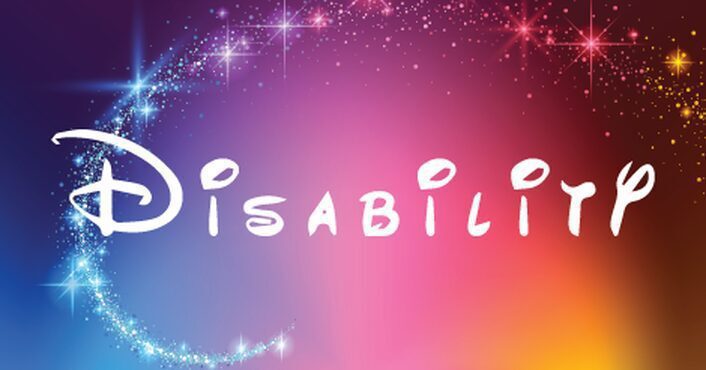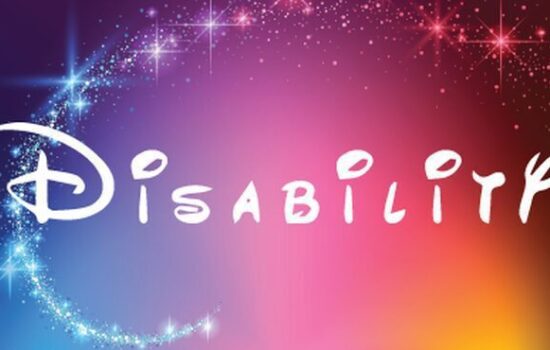



Depression is known as an invisible disability that effects more than 40 million adults in the US.[2] For many families, this invisible disability is taboo to discuss and may cause unwanted pressure to seek treatment alone or not at all. This may lead to ‘othering’ the individual with depression.
The ‘othering’ of someone with a disability is dangerous, and social tendencies may undermine the reality of invisible disabilities and the lived experiences of the individuals who deal with them. ‘Inside Out’ not only shows the normalization of an invisible disability like depression, it also creates more social equity regarding the discussion of disability between young children, teenagers and their parents or mentors. When someone with depression sees a movie with ‘Inside Out’s’ relatable characters and easy humor, that person hopefully is given the opportunity they might not otherwise have to empathize with Riley. This community-building through empathy leads to empowerment of individuals with the knowledge that they are not alone.
Disney continued the discussion through the 2016 hit, ‘Finding Dory.’ Dory, the small fish with short term memory loss, is a relatable character the compels the audience to abandon their preconceptions about disability.
“Hi, I’m Dory,” the little blue fish repeats over and over. We as the audience are reminded over and over that disability has many faces, and affects our friends and loved ones. Dory’s friends, a near-sighted shark, a clown fish prone to anxiety, and his son, Nemo, with a physical disability, open the viewers to conversation around what it means to have a disability and a new entry into an oft taboo subject.
In the crusade for equity and equality, individuals with disabilities are seemingly buried under the statistics that hinder the development of their rights. Statistics as large as the ones mentioned earlier quickly become disassociated from our reality. What truly does 40 million of anything look like? However, when tangible mainstream movies like ‘Inside Out’ and ‘Finding Dory’ release and gain traction, those difficult-to-quantify statistics become more within our grasp.
Disney’s move towards creating socially conscious films that begin conversations around disability is exceedingly beneficial to enacting a cultural shift. Minority groups are given a seat at the table and further access to equitable living. We look forward to seeing more films that facilitate discussions around disability.
[1] https://www.disabilitystatistics.org/reports/acs.cfm?statistic=1
[2] https://www.adaa.org/about-adaa/press-room/facts-statistics